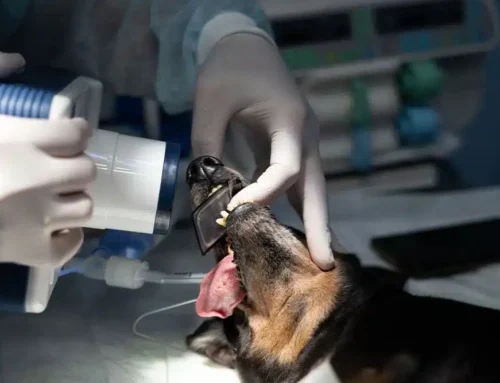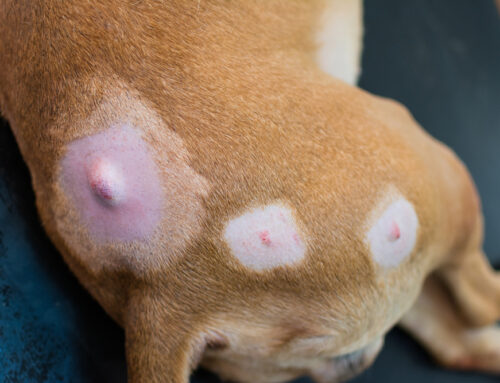Understanding Pet Stress: Recognizing and Easing Anxiety in Dogs and Cats
Even the most loving pet owners can feel helpless when a dog or cat seems anxious or stressed for reasons that are not always clear. A pet that hides under the bed during a thunderstorm, paces when left alone, or acts out with destructive behaviors may be sending important signals. Understanding what stress and anxiety look like in pets, what triggers them, and how to ease them can help restore calm and strengthen the bond between pet and owner.
Why Stress and Anxiety Matter in Pets
Dogs and cats experience stress just like humans do. Sometimes it is temporary, such as a loud noise or a vet visit. Other times, it develops into chronic anxiety, which can affect health, behavior, and overall quality of life. Many owners wonder if the problem will simply go away with time, but untreated anxiety can lead to bigger issues like aggression, inappropriate elimination, or compulsive behaviors. Recognizing early signs gives owners more control and helps prevent long-term problems. The team at Santa Monica Veterinary Group works with pet owners to identify root causes and build manageable solutions.
Common Causes of Stress and Anxiety
Pets often react to a wide range of stressors. Some are obvious, while others are more subtle.
Common Triggers Include:
- Loud Noises: Fireworks, thunderstorms, or even city construction can lead to noise aversion.
- Routine Changes: A move, new family member, or schedule shift may cause unease.
- Separation Anxiety: Many dogs struggle when left alone. More on separation anxiety in dogs.
- Tension with Other Pets: Cats, in particular, are sensitive to household tension. Learn ways of addressing tension among cats.
- Lack of Early Socialization: Pets that did not get proper early exposure may fear unfamiliar people, pets, or places. See socialization tips for puppies and kittens.
- Underlying Health Issues: Conditions like pain, hyperthyroidism in cats, or neurological changes may contribute to stress behaviors.
How Stress Shows Up in Dogs
Dogs show stress in a variety of ways, some more obvious than others.
| Stress Signal in Dogs | What It Might Look Like |
| Pacing or trembling | Restlessness during storms or fireworks |
| Destructive chewing | Chewing furniture or household items |
| Excessive barking | Barking when left alone or startled |
| Housetraining accidents | Urinating indoors even when house-trained |
| Clinginess | Following owners constantly |
Signs of Anxiety in Cats
Cats tend to hide stress better than dogs, but the signs are there for attentive owners.
| Stress Signal in Cats | What It Might Look Like |
| Hiding | Staying under furniture or in closets |
| Over-grooming | Bald spots or irritated skin |
| Aggression | Swatting or biting when approached |
| Inappropriate elimination | Urinating outside the litter box |
| Decreased appetite | Eating less or skipping meals entirely |
Resources like Common Cat Behavior Issues can help owners connect the dots between behavior and stress.
Why Taking Action Early Matters
Without support, stress can develop into long-term anxiety. Left untreated, it can lead to:
- Damage to household items or conflicts between pets
- Declining physical health due to poor appetite or sleep disruption
- Eroded trust between pet and owner
Learning to spot and address these signs quickly helps both pets and people live more comfortably.
How Veterinary Teams Diagnose Pet Anxiety
A thorough approach is key to understanding a pet’s behavior. At Santa Monica Veterinary Group, each case is evaluated individually.
What to Expect:
- Behavior History: Owners describe when signs started, what triggers them, and how the pet reacts.
- Physical Exam: Pain or illness can sometimes appear as anxiety.
- Diagnostic Tests: Bloodwork, urinalysis, or imaging may be suggested to rule out medical causes.
Practical Ways to Reduce Stress at Home
While some cases need medication or professional training, many pets benefit from small, consistent changes at home.
For Dogs
- Provide daily exercise and mental stimulation. Try dog enrichment ideas.
- Offer puzzle feeders or treat-dispensing toys to redirect anxious energy.
- Keep a predictable daily routine to build a sense of security.
- Create a calm zone with cozy bedding during storms or fireworks.
For Cats
- Use vertical spaces like cat trees or shelving to provide safe retreats.
- Rotate toys and add DIY enrichment toys to prevent boredom.
- Provide multiple litter boxes in quiet areas.
- Try scent diffusers designed to calm cats and reduce territorial tension. Indoor cat tips from resources like the Indoor Pet Initiative may offer new ideas.
When Professional Help Makes Sense
Some stress-related behaviors may not resolve with home changes alone. Professional help is appropriate if:
- Stress behaviors are escalating despite changes.
- Destructive or aggressive behavior puts people or pets at risk.
- Anxiety interferes with daily life or your bond with your pet.
A tailored plan may include working with a veterinary behaviorist or adding short-term medication to help break the cycle of stress.
Frequently Asked Questions
How long does it take to see results? This depends on the pet and the cause. Some show improvement within weeks, while chronic cases may take longer.
Will my pet need medication forever? Not necessarily. Medication is often a bridge to help pets learn healthier responses while behavior modifications take effect.
Is anxiety preventable? Good early socialization and a calm, consistent routine help reduce stress risk.
Support Makes All the Difference
Understanding the root cause of a pet’s stress builds trust and strengthens the relationship between pet and owner. Small steps taken today create lasting change tomorrow.
Santa Monica Veterinary Group is committed to helping pets feel secure, calm, and cared for. Explore services designed to support your pet’s health, or contact our team with questions about behavior concerns. For pets showing signs of anxiety, taking action today brings everyone closer to the goal: a relaxed, happy home for all.







Leave A Comment